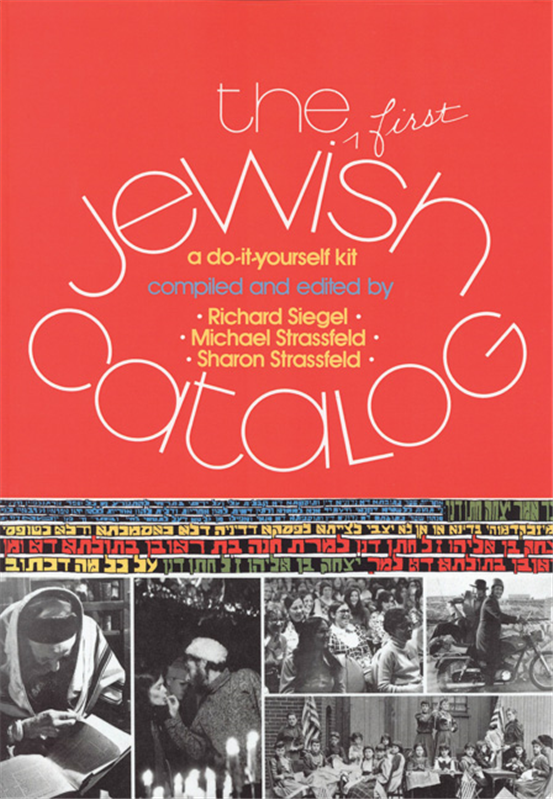Published in 1973 by the Jewish Publication Society, The Jewish Catalog became a surprise best seller and has been in print ever since—this year, it celebrates its 50th anniversary. Only JPS’s translation of the Bible has sold more copies for the publisher. The Catalog’s bright-red cover, distinctive design, and whimsical illustrations empowered generations of Jews to experiment with new forms of practice and community, becoming the ultimate manual for those alienated and estranged from the tradition and seeking a more meaningful alternative. Today, when organized religion is beset by tumult and disengagement, The Catalog serves as a case study in how a grassroots effort to modernize religious life can succeed in profound and lasting ways, even as a question remains all these years later about how sustainable its changes actually were.
The 320-page book, and its two sequels, emerged as the social unrest and political violence of the 1960s were giving way to a do-it-yourself counterculture epitomized in the publishing industry by the Whole Earth Catalog, which offered product reviews and practical resources extolling self-sufficiency. But although The Jewish Catalog started as a Jewish version of the Whole Earth Catalog, by the time its editors, Richard Siegel, Michael Strassfeld, and Sharon Strassfeld, signed with JPS, they had created something even more revolutionary.
Until they began their project, the classic text describing how to live a Jewish life was written in the 16th century by Joseph Caro: the Shulchan Aruch, which literally means “the set table,” an established, widely accepted code of Jewish law. By contrast, The Jewish Catalog offered an à la carte menu, encouraging readers to create for themselves a Judaism that was flexible, informal, and proactive. Want to observe the Sabbath but the prayers and laws don’t resonate? All you want to do is bake challah once a week? Well, here’s a recipe or two, along with hand-drawn depictions of several ways to braid the ceremonial bread.
“You can plug in wherever you want,” the editors wrote in the introduction.
Chaim Potok, by then an acclaimed novelist famous for The Chosen, was JPS’s top editor, and although he immediately grasped The Catalog’s potential, he faced a tough sell with some members of his board, who were aghast at publishing such an untraditional, at times irreverent work. But he persisted. “Chaim was a visionary,” Sharon Strassfeld told me.
